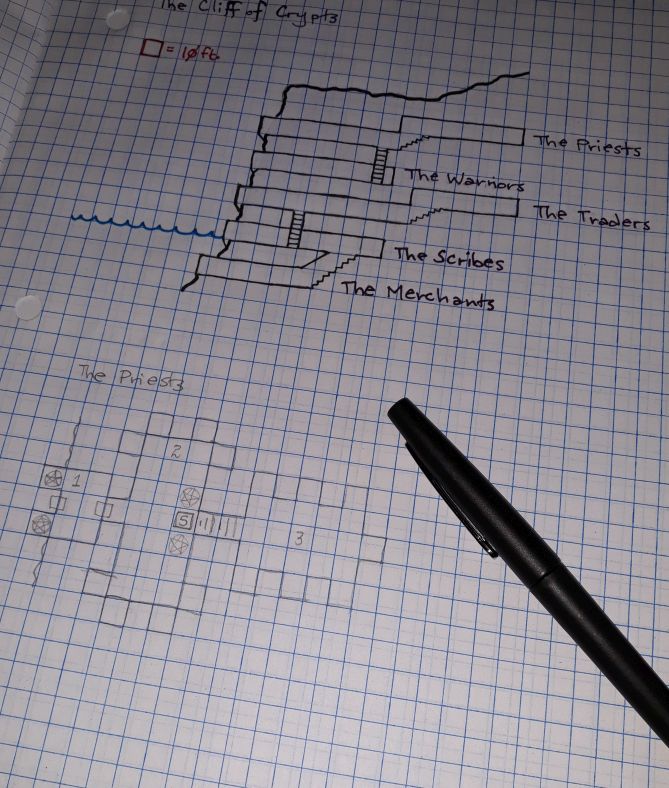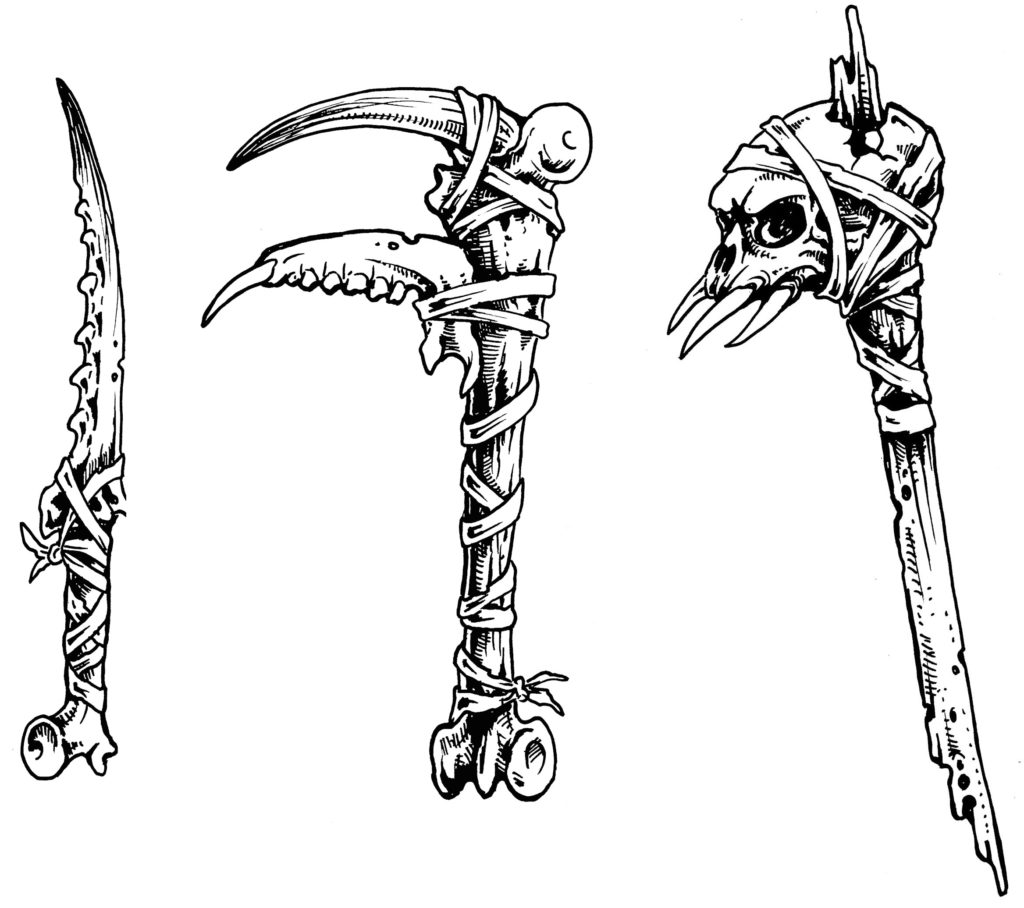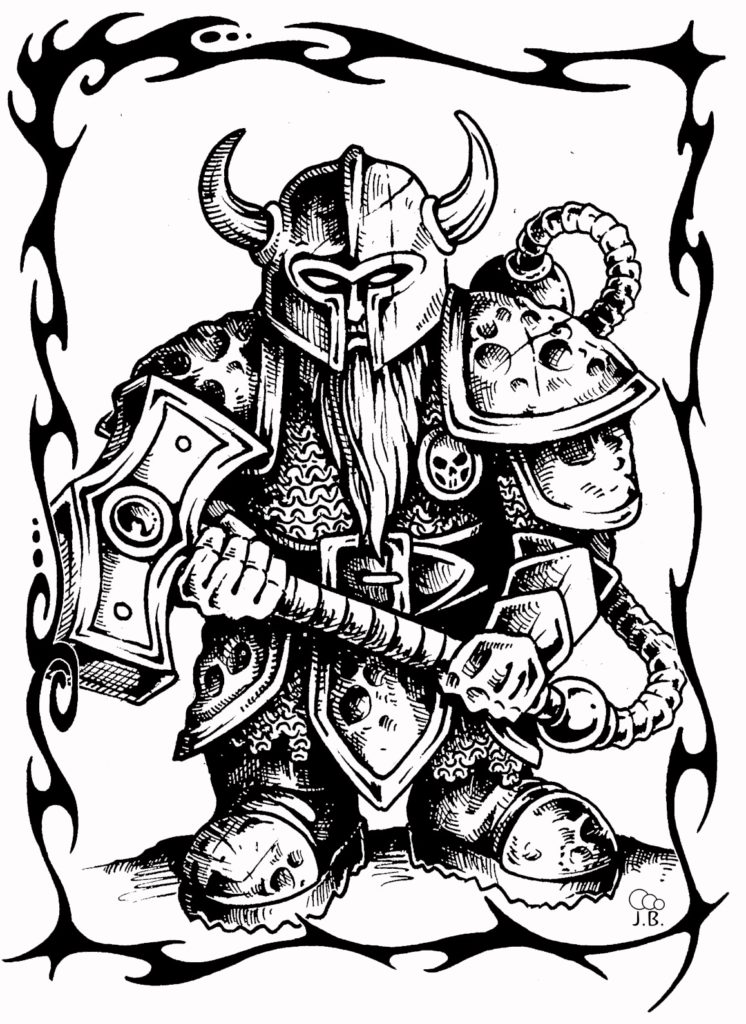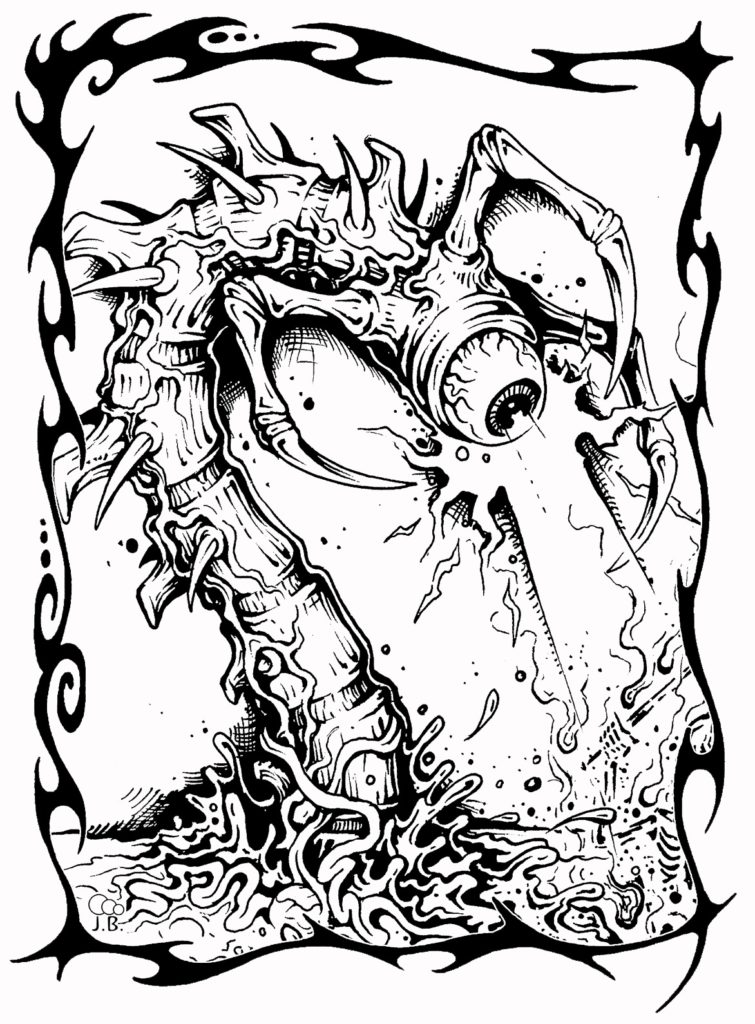The Doorman
Merry Christmas!
It’s been quite some time since I posted anything about The Four Color Hack. The last time I did so was may back in May 2019 when I posted a villain glommed from Ms. Marvel.
Therefore….
The Doorman
Level 4 Metahuman
Quote: “Enjoy your stay.”
Real Name: Jacob Endo
Identity: Secret
Place of Birth: Seattle, Washington
Height: 5 ft. 6 in.
Weight: 145 lb.
Eyes: Brown
Hair: Black
Hit Points: 23 (4 Vigor)
Base Damage: 2d4
Powers: Acrobatics d8, Enhanced Senses d10, Karate d8, Teleportal d12
Background: Jacob Endo works serves the Doorman for the mysterious Metaplex, a interdimensional five-star resort hotel that caters to metahuman guests. The origin of Jacob’s powers and how he came to work for the Manager are topics of much speculation but few definitive answers. Jacob remains politely circumspect about his past. In the performance of his duties, Jacob is discreet, professional, and friendly. He works closely with the Metaplex’s staff, especially the Concierge and the Desk Clerk. With those two employees, Jacob is the Metaplex’s first line of defense, helping to ensure that guests have a peaceful stay.
Powers: The Doorman’s main power is his ability to create teleportals out of any sort of access point (such as a door or window) between the Metaplex and its exterior as well as within the Metaplex. By means of this power, the Doorman teleports himself, guests, et cetera. The maximum range of his teleportation is about 100 yards, sufficient to grant him access to any location within the Metaplex. People and material teleported must move through the teleportal in order to be instantly transported to the location chosen by the Doorman. He can also open a teleportal that moves through interdimensional space, thus exiting the Metaplex entirely. The Doorman can also seal the Metaplex’s interdimensional entrances, whether to affect a total lockdown or just to exclude a troublesome guest.
While he is loathe to do so, the Doorman is not incapable of using physical force to emphasize the importance of following the Metaplex’s rules. He is a skilled acrobat and martial artist. The Doorman’s senses of hearing and sight are superhumanly acute.





